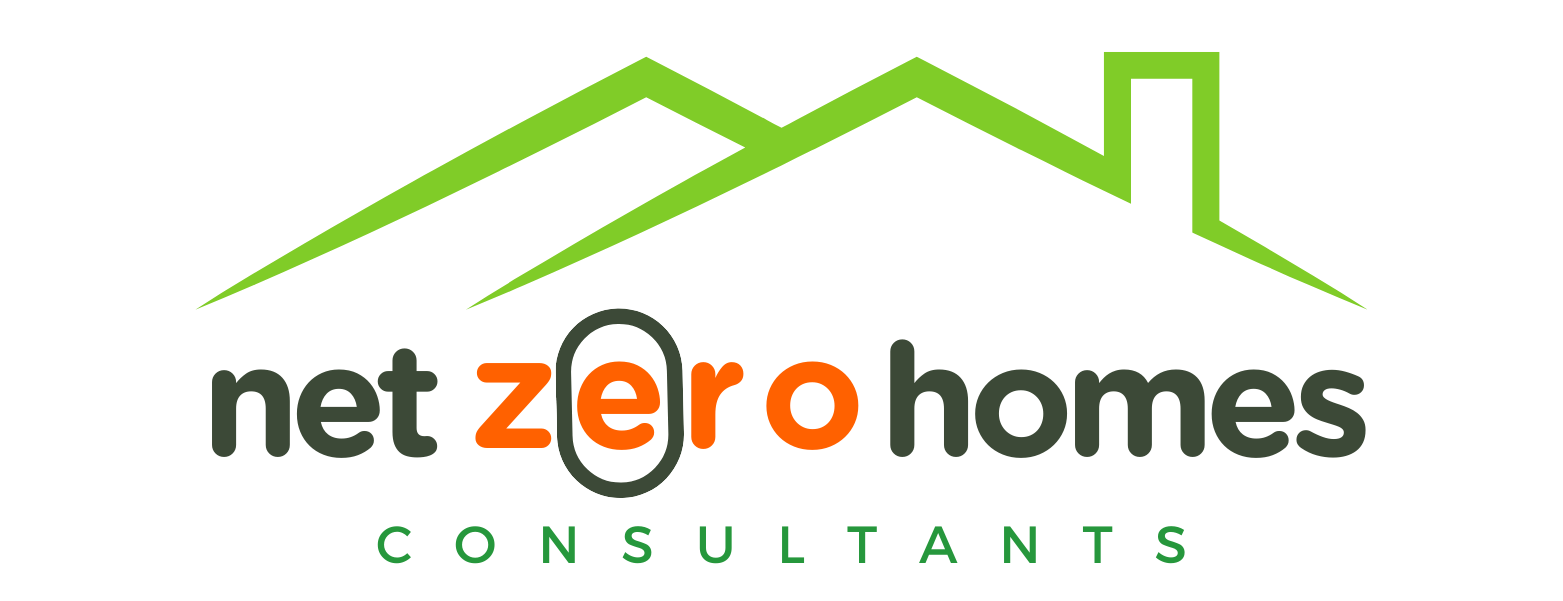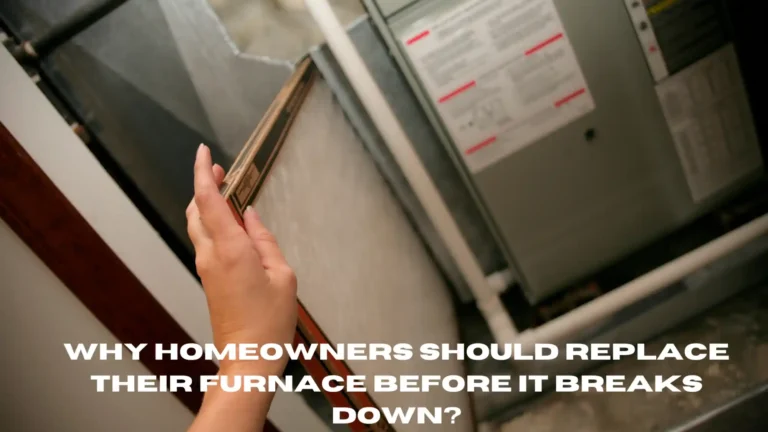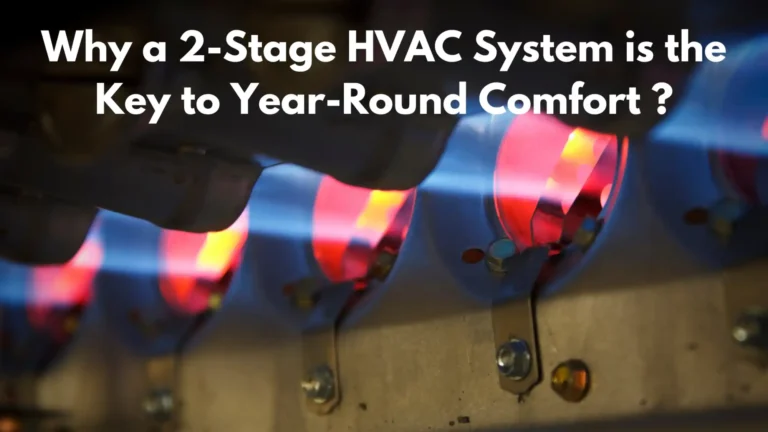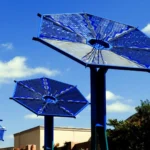Virtual appointments for canadians ONLY!
How Smart Thermostats can save you Energy & Money!


Smart thermostats have rapidly become one of the top energy-saving solutions in homes worldwide. These advanced devices do more than just control temperature—they help optimize energy use, reduce costs, and create a more comfortable living environment. With advanced features like learning algorithms, compatibility with multi-stage furnaces (like 2-stage furnaces), air leak detection, and access to energy-saving rebates, smart thermostats are a worthwhile investment for any homeowner.
1. What Are Smart Thermostats and How Do They Work?
Smart thermostats are digital devices that connect to your home’s HVAC system, offering precise control over your heating and cooling preferences. Unlike traditional thermostats, they have Wi-Fi connectivity, allowing users to control them via smartphone apps or voice commands. Smart thermostats use sensors, advanced algorithms, and learning features to adjust the home’s temperature according to patterns and preferences.
For homes with a furnace, especially those with a 2-stage furnace, a smart thermostat can significantly optimize efficiency. These thermostats adjust settings based on the home’s usage patterns and weather forecasts, ensuring that your HVAC system works only when needed, saving energy and money.
2. Energy Savings with Smart Thermostats
The primary benefit of smart thermostats is their ability to reduce energy consumption. By learning your preferences and automatically adjusting heating and cooling, they prevent the unnecessary use of energy. For instance, they can lower the temperature while you’re at work and raise it before you return, saving energy during the hours you’re not at home.
- Reducing Furnace Strain: If you have a furnace or a 2-stage furnace, a smart thermostat can monitor outdoor and indoor temperatures, adjusting the furnace’s settings to operate in the most efficient mode. This can reduce strain on the furnace, extend its lifespan, and decrease heating costs.
- Identifying Air Leaks: Some smart thermostats offer compatibility with home automation systems that can detect air leaks. If there’s a draft in your home, this can cause your furnace to work harder, increasing energy use. Smart thermostats alert you to potential energy losses, allowing you to seal leaks and save on energy costs.
3. Features of Smart Thermostats That Save Energy
Smart thermostats come with several features designed to maximize comfort and minimize energy waste:
- Geofencing: Smart thermostats can use GPS on your smartphone to determine your location. When you leave home, they adjust the temperature automatically, helping you save energy. Once you’re on your way back, they bring the home to a comfortable temperature.
- Learning Capabilities: Many smart thermostats have learning capabilities, allowing them to understand your schedule and preferences over time. For example, they’ll know when you prefer a cooler home in the evening or a warmer setting in the morning.
- Remote Access: With app connectivity, you can adjust your thermostat settings from anywhere. If you’re running late or leaving home unexpectedly, you can adjust the temperature remotely to avoid unnecessary heating or cooling.
- Multi-Stage Furnace Compatibility: For homes with 2-stage furnaces, smart thermostats can communicate with your HVAC system to select the right heating stage. This allows the furnace to operate in low heat mode when less energy is needed, reducing wear and lowering energy costs.
4. How Smart Thermostats Lower Energy Costs and Increase Savings
Smart thermostats can reduce heating and cooling costs by up to 10-15% annually. By tracking your energy usage, many models provide detailed reports, so you can see how much energy you’re saving and identify further adjustments to maximize efficiency.
- Avoiding Energy Waste: By adapting to your home’s needs, smart thermostats eliminate unnecessary heating or cooling, saving both energy and money.
- Detecting Air Leaks: By maintaining more consistent temperatures and monitoring system behavior, smart thermostats can detect potential air leaks or drafts that increase energy consumption. Addressing these leaks can further improve efficiency.
- Seasonal Adjustments: Some smart thermostats adjust automatically based on seasonal weather changes, ensuring that your furnace or AC isn’t working overtime during extreme temperature changes.
5. Energy Rebates and Incentives for Smart Thermostats
Installing a smart thermostat may qualify you for energy rebates and incentives. Many utility companies offer rebates for energy-efficient upgrades, making smart thermostats an even smarter investment. These rebates can cover a portion of the thermostat’s cost, reducing the initial outlay.
- Federal and State Incentives: Depending on where you live, you might be eligible for federal, state, or local rebates on energy-efficient home improvements, including smart thermostats.
- Utility Company Rebates: Many energy companies offer rebates for customers who install smart thermostats, as they help reduce overall energy demand. Check with your provider for specific programs.
- Energy Star Certification: Choosing an Energy Star-certified smart thermostat may make you eligible for additional rebates and incentives. These models meet rigorous energy-efficiency standards, providing maximum energy savings.
6. Tips for Getting the Most Out of Your Smart Thermostat
To optimize the energy savings and comfort that smart thermostats provide, here are some additional tips:
- Proper Placement: Make sure your thermostat is placed away from direct sunlight or drafts, as these can cause incorrect readings and unnecessary energy use. Avoid placing it near windows with high solar gain.
- Utilize Learning Features: Allow your smart thermostat to “learn” your habits, as this helps it make accurate, energy-saving adjustments.
- Regular Maintenance: For homes with furnaces, especially high-efficiency or 2-stage models, regular maintenance is key. A clean, well-functioning furnace works in sync with your thermostat for optimal performance.
- Check for Firmware Updates: Periodic updates may improve performance, security, and add new features to your thermostat. Many smart thermostats update automatically, but it’s always a good idea to check your settings.
Conclusion: Save Energy and Money with Smart Thermostats
A smart thermostat can transform your home’s comfort while cutting down energy costs and reducing strain on your HVAC system. Whether you have a single or 2-stage furnace, a smart thermostat optimizes energy use, reduces unnecessary wear, and makes energy-saving adjustments based on your lifestyle. Combined with energy rebates and careful air leak management, smart thermostats are a savvy investment for any homeowner looking to save energy and lower utility bills.








[…] in solar energy and energy-efficient technologies, such as modern inverters and smart thermostats, enables individuals to reduce their carbon […]
[…] 3. Control Humidity Levels […]